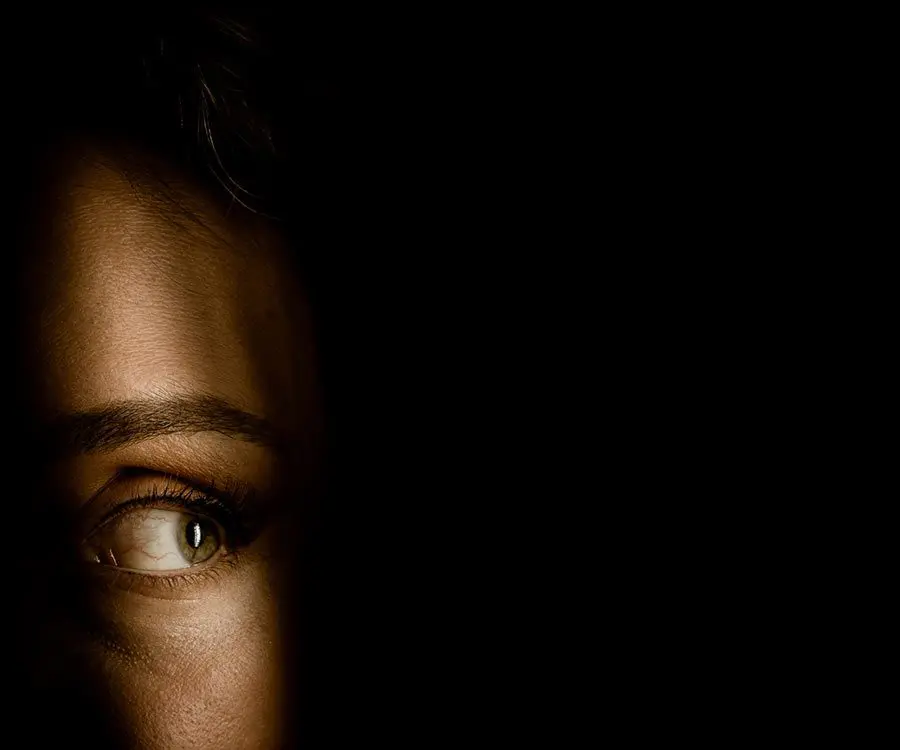We offer a range of different laser eye treatments including LASIK, LASEK and SMILE.
LASIK is the most well known form of laser eye surgery performed. A femtosecond laser creates a flap which is gently lifted so that the cornea can be reshaped using an excimer laser. This gives patients a rapid visual recovery.
LASEK is suitable for people with less serious eye focusing problems, thin corneas or dry eyes who may not be able to have LASIK. Instead of creating a flap, the fine surface of the cornea is loosened and folded back; the cornea is then reshaped using the excimer laser.
SMILE stands for Small Incision Lenticule Extraction. In this procedure, no flap is created; the cornea is reshaped through the removal of a piece of corneal tissue through a keyhole procedure. His procedure is suitable for higher prescriptions and ideal for patients with thin corneas.
Laser surgical procedures are very quick.
LASEK takes in the order of 4-5 minutes per eye, whilst LASIK can take up to 10 minutes per eye due to the extra time required for creating a flap. SMILE takes approximately ten minutes per eye.










